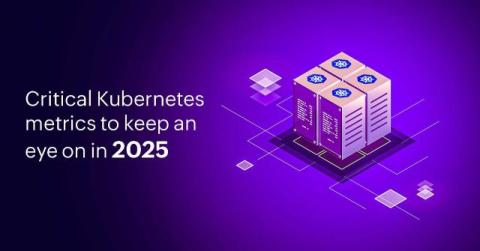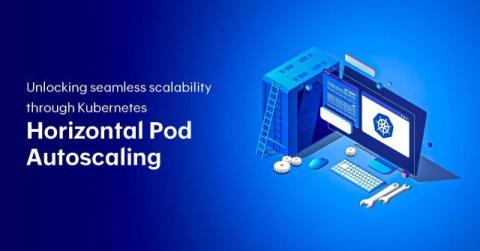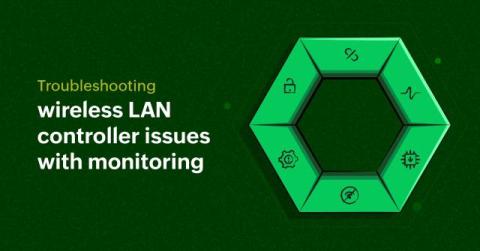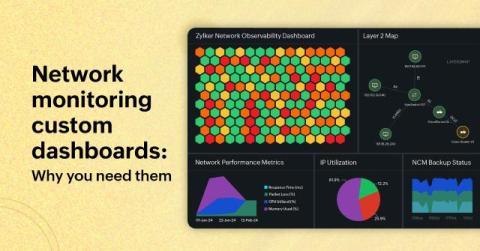Kubernetes cluster metrics 101
Kubernetes clusters facilitate the management of containerized applications. Imagine coordinating a seamless flow of workloads across servers, ensuring they operate in harmony, regardless of scale. This is exactly what Kubernetes clusters can do for the smooth deployment of your applications. Read on to learn more about Kubernetes clusters, including how to manage them using our list of critical metrics.





























